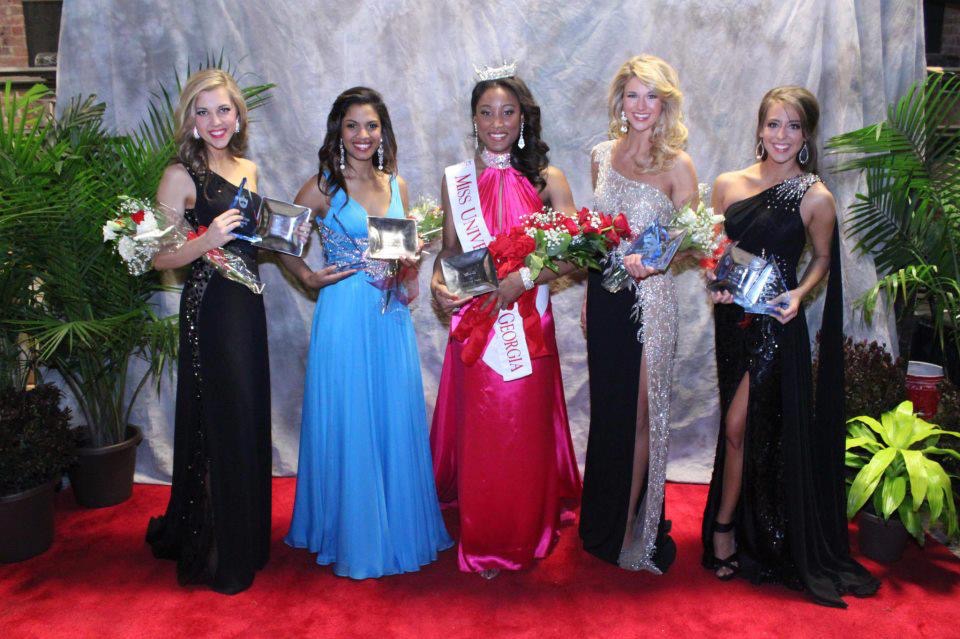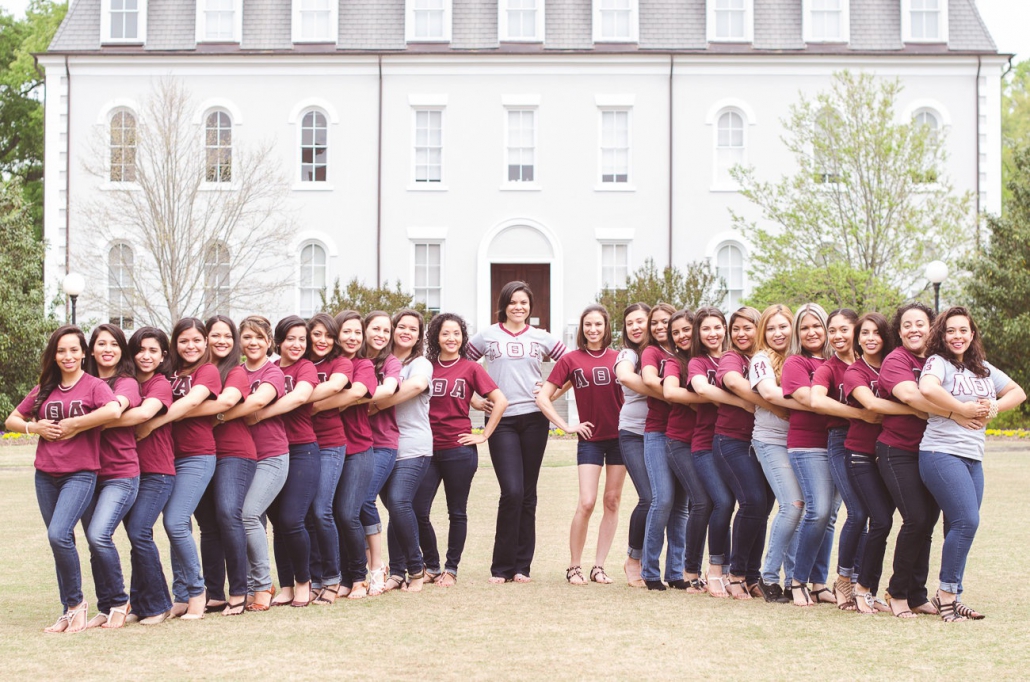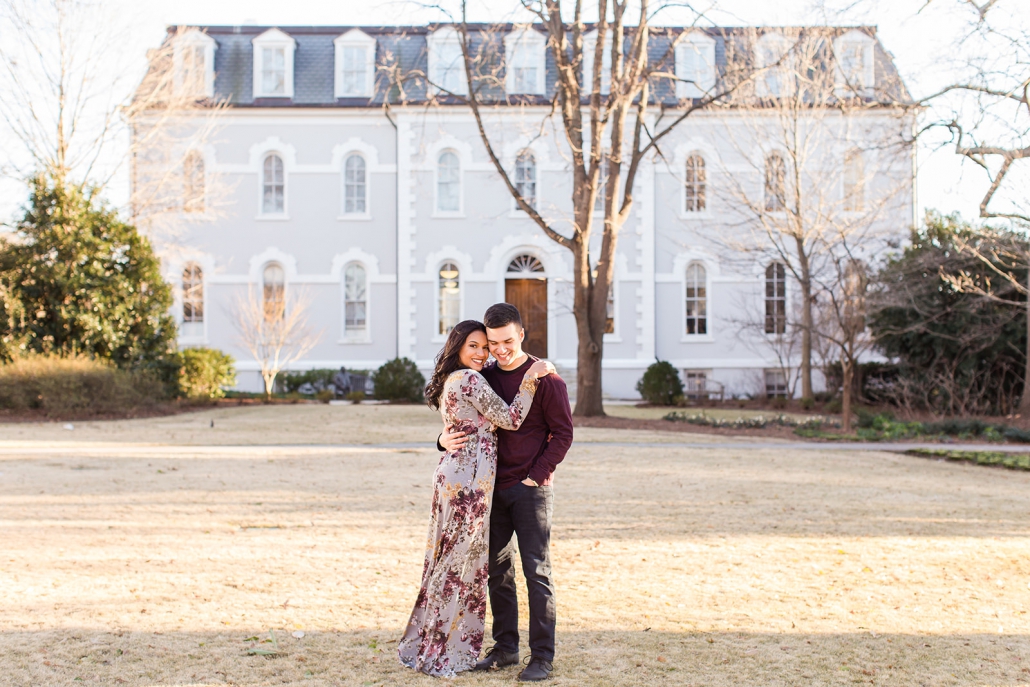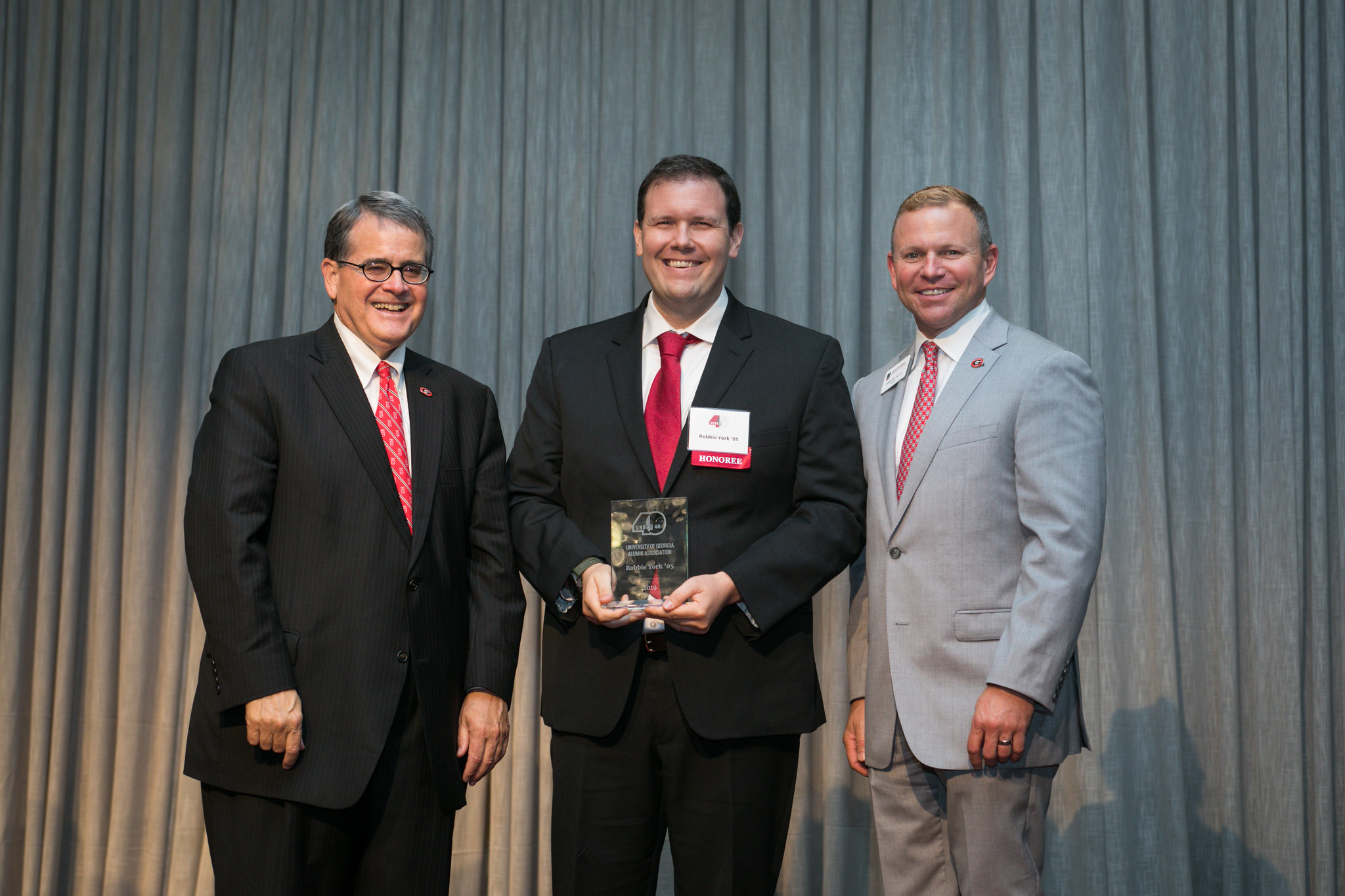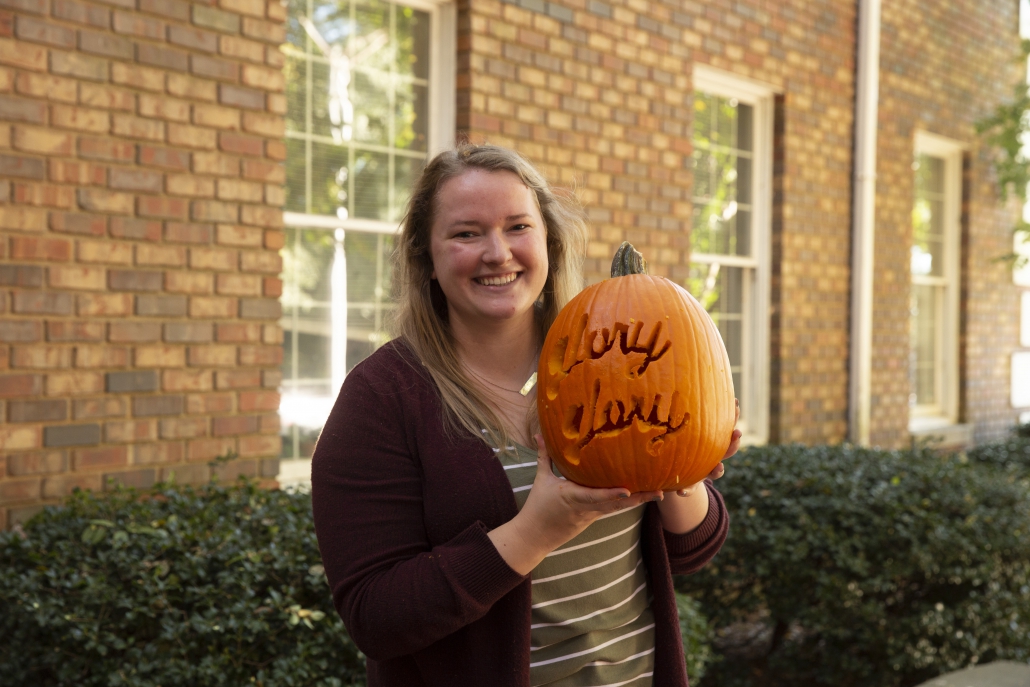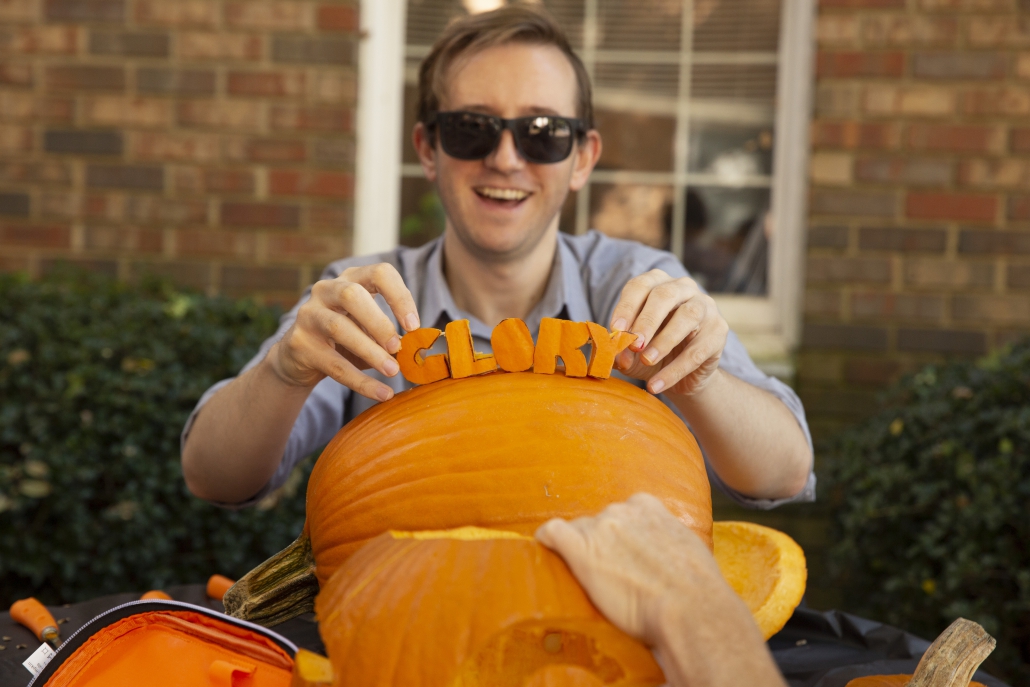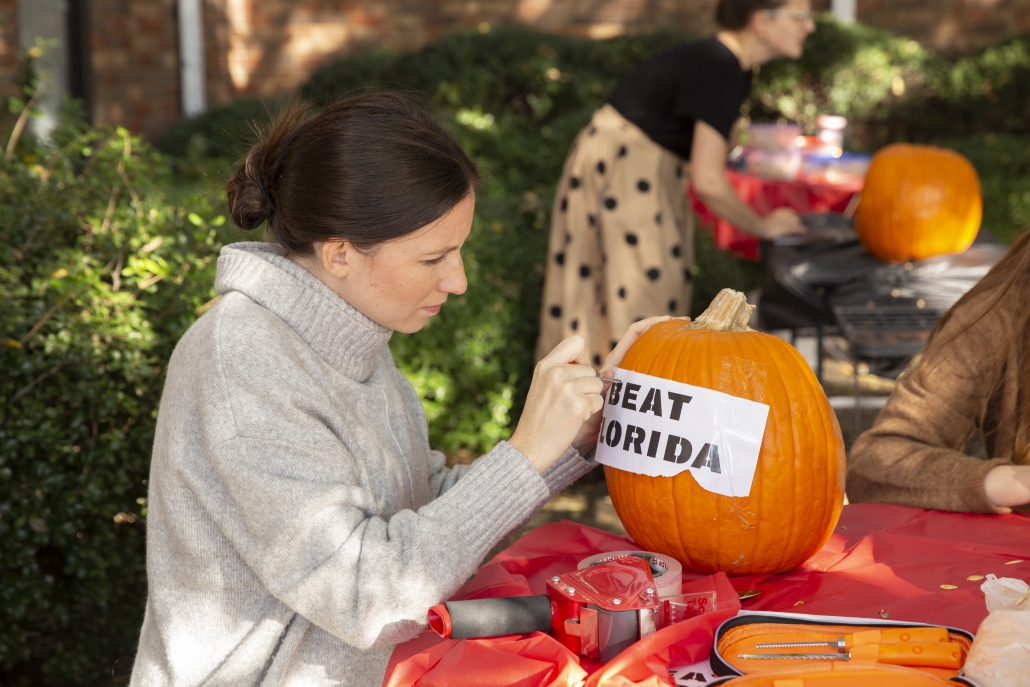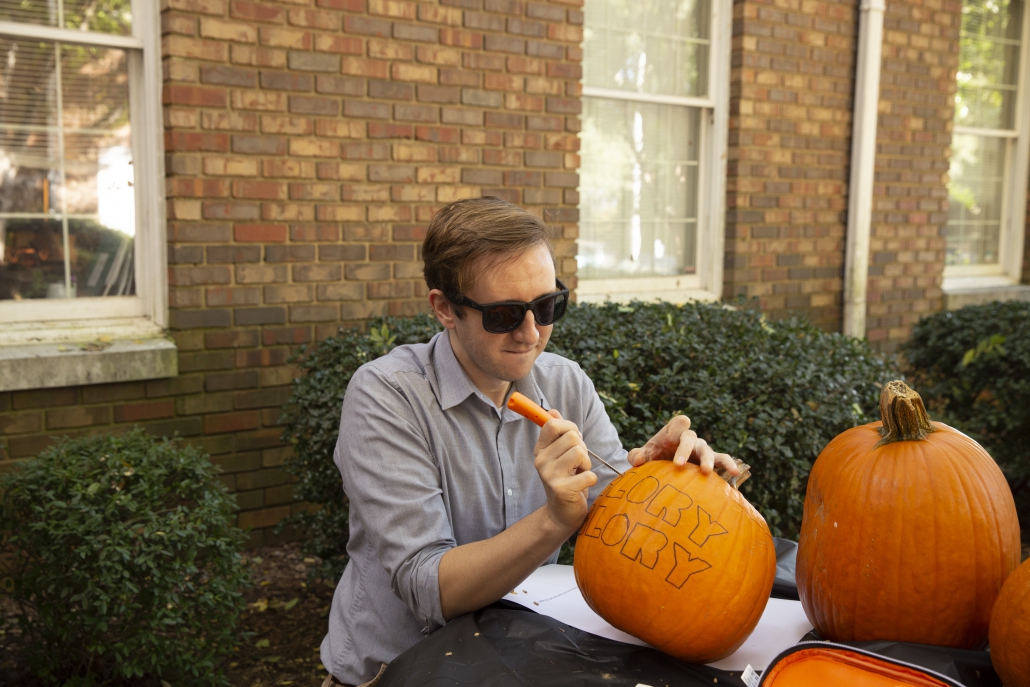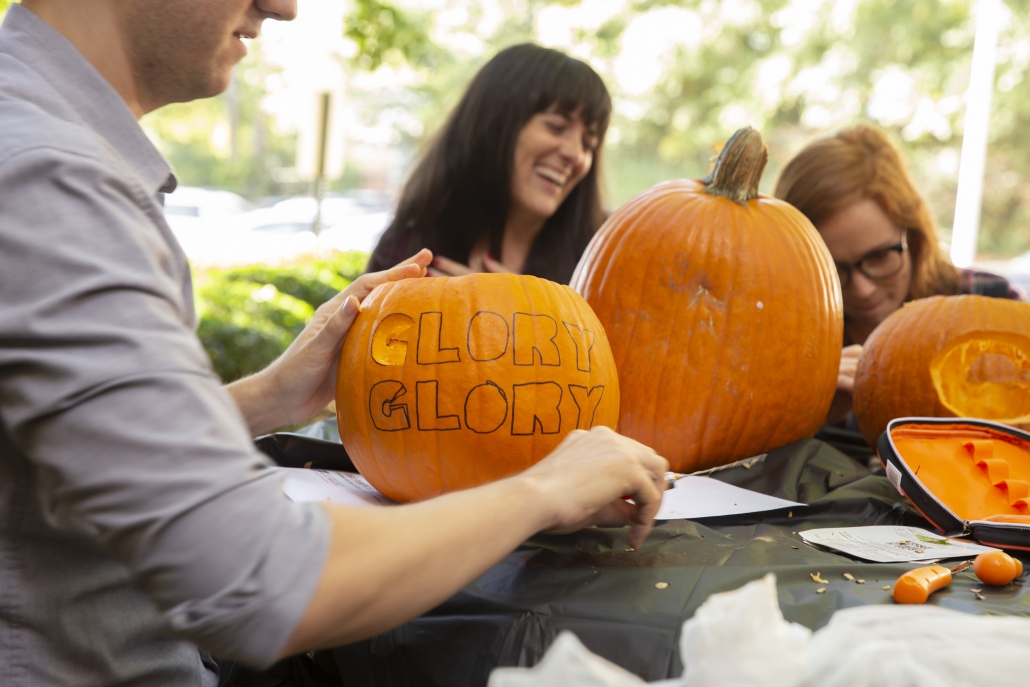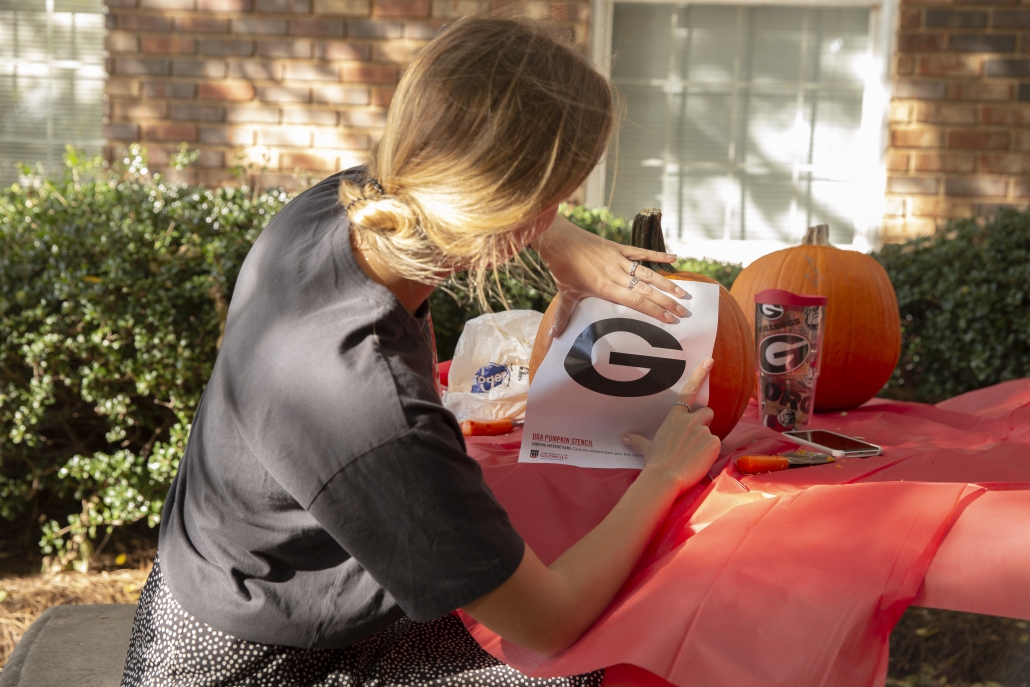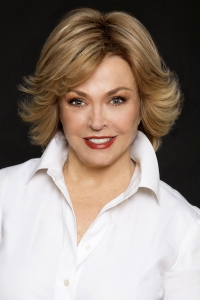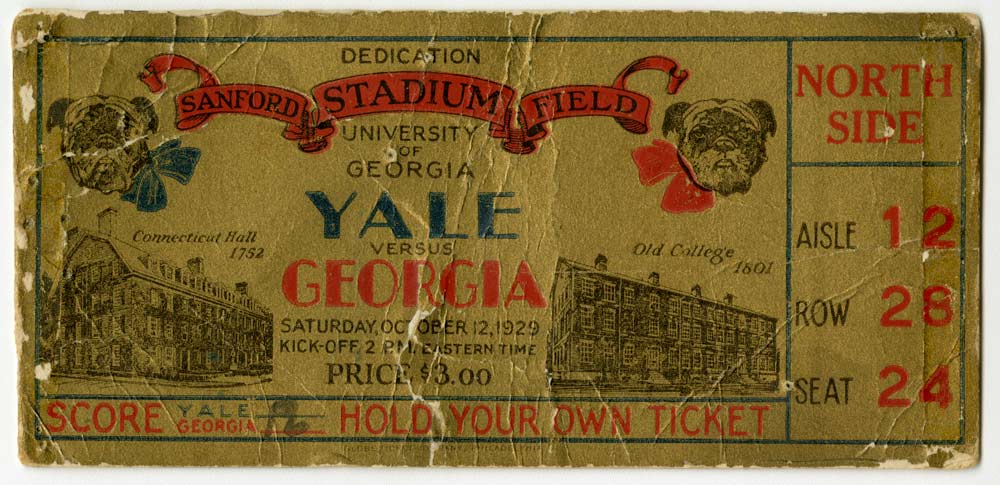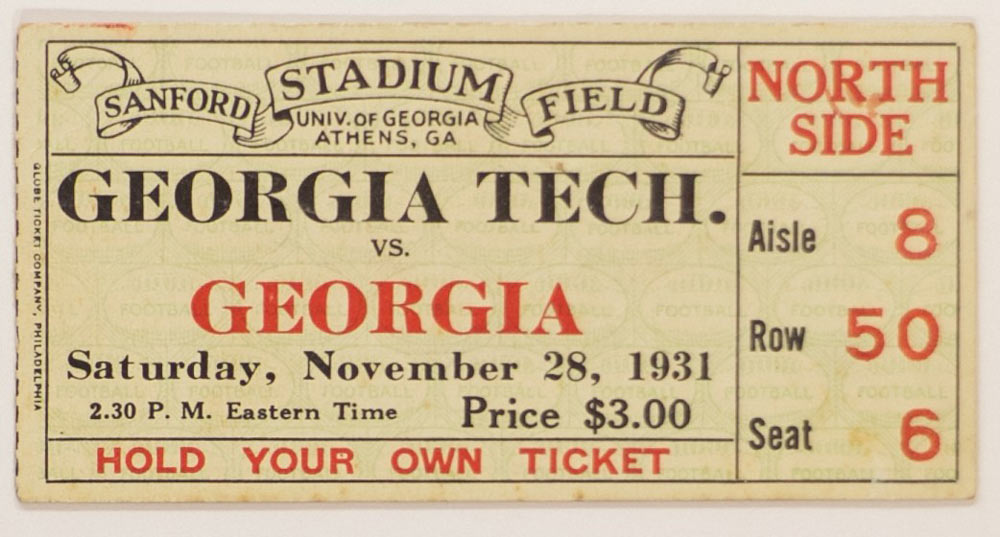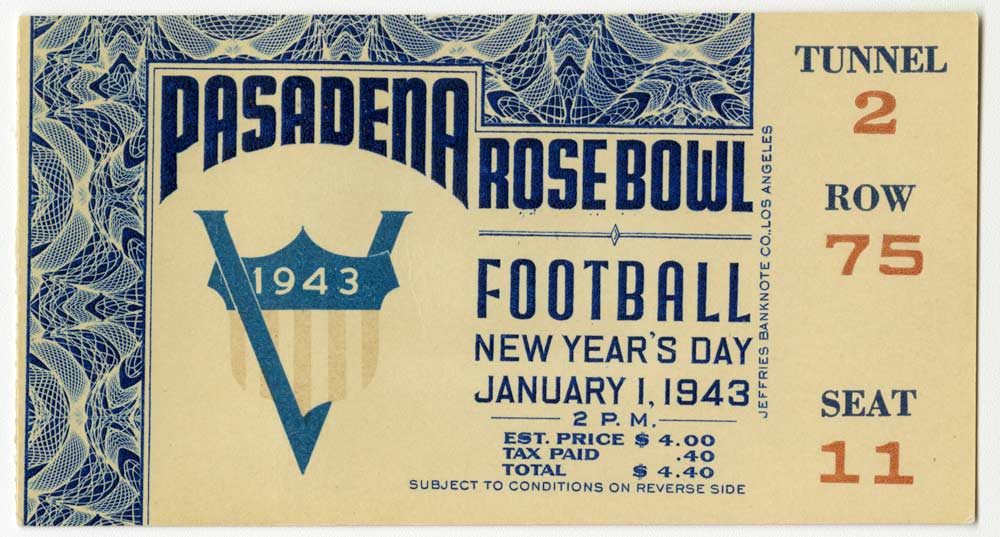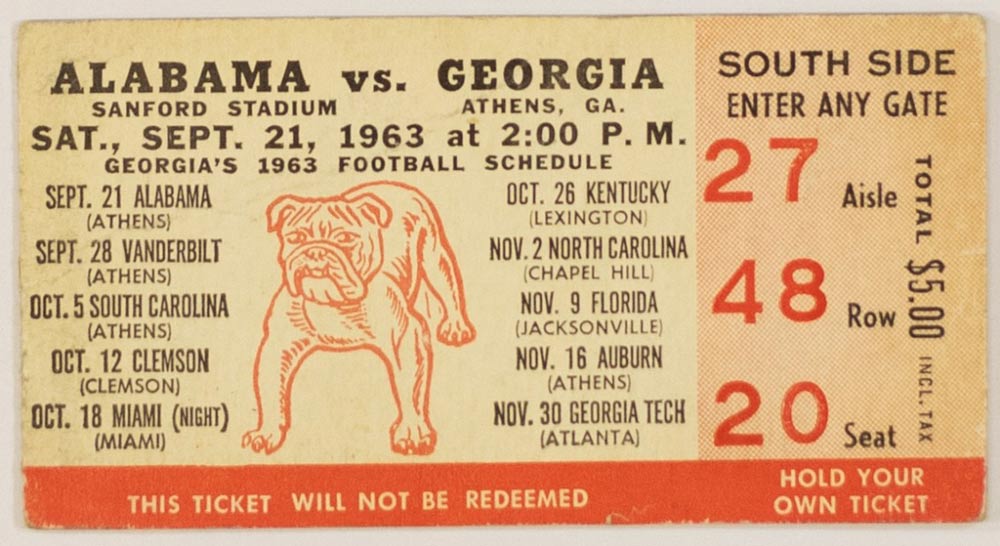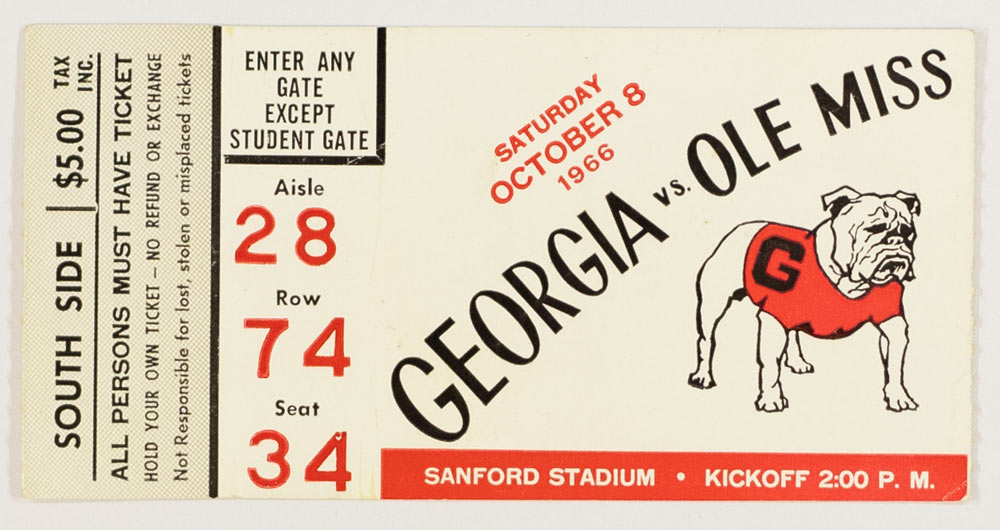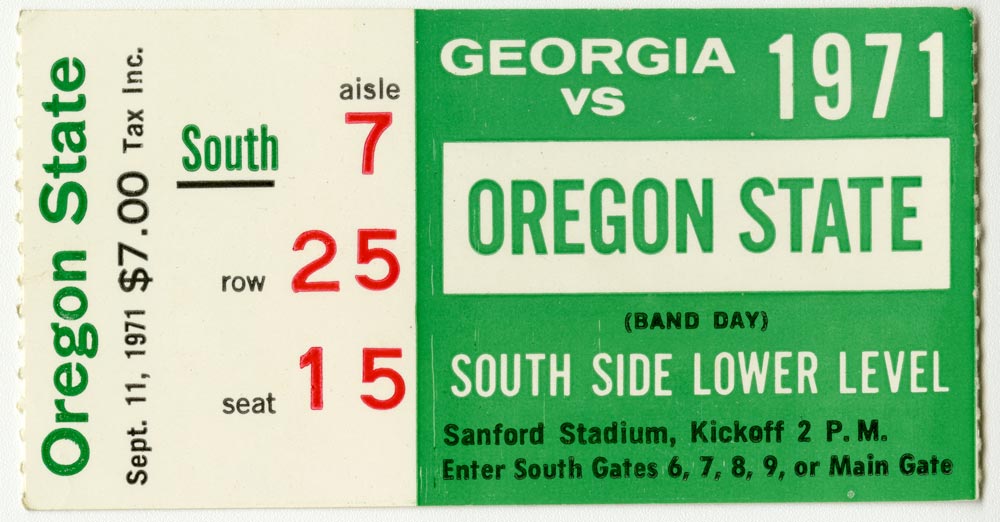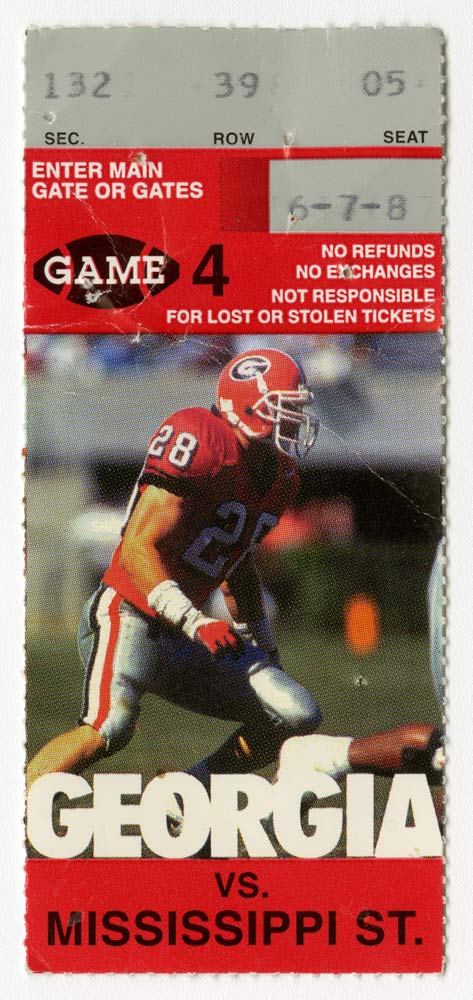The value of a high-quality boss can’t be overstated. From advocate, counselor, teacher and friend–a great boss wears many hats!
In honor of National Boss’s Day today, we asked some of our young alumni volunteers to share memories and lessons learned from their favorite bosses. Take a peek at their answers below … and remember to thank your boss(es) today!
Raj Shah (BSA ’06, MPA ’06, JD ’10)
UGA Alumni Board of Directors
Title: Senior Regulatory Attorney, MagMutual
Favorite Boss: Jon Rue, Parker Hudson Rainer & Dobbs
“Jon is the consummate professional and is extremely well-respected for both his professional achievements and community involvement. He taught me the importance of always finding time to listen, how to be actively present, and that humor is key to succeeding in the workplace.”
Jasmin N. Severino Hernandez (AB ’13, AB ’13)
Outreach Chair, UGA Young Alumni Leadership Council
Title: Associate Attorney, Davis, Matthews & Quigley, P.C.
Favorite Boss: Kevin Bowen, American Campus Communities
“Kevin took a chance on me when I was a new student at UGA who needed a job to make ends meet. Some of my favorite memories of Kevin include: tailgating for UGA games; when he made me work the leasing office during the ‘snowpocalypse’ of 2011 because I was the only employee snowed in on the property; and grabbing Firehouse Subs with him and his son Tyler. Kevin was a great friend and he taught me to be bold and stand for truth.”
[Jasmin and Kevin at one of their UGA tailgates, pictured top of page]
Hunter Knowles (JD ’12)
UGA Young Alumni Leadership Council
Title: Corporate Counsel and Assistant Secretary, Oxford Industries
Favorite Boss: Anonymous Law Firm Partner
“When asked if a more casual dress code could be implemented to match the attire of our clients, the partner responded ‘If our clients were the circus, would we dress like clowns?’”
Collier Hatchett Collier (BSED ’10, AB ’10)
UGA Young Alumni Leadership Council
Title: Director of State Board Operations, Technical College System of Georgia
Favorite Boss: Matt Arthur (BSED ’83, MED ’91), Technical College System of Georgia
“Matt and I are both graduates of the UGA College of Education and my favorite memory together is attending the 2018 awards ceremony where he received the COE Lifetime Achievement Award. Matt has taught me that it is never too late to show someone kindness and that becoming a good listener will allow you to understand others and help you become better at what you do. Plus, Matt also played on the 1980 National Championship football team (I have a pretty cool boss).”
Noel Hardin (BBA ’15, MACC ’16)
UGA Young Alumni Leadership Council
Title: Mergers and Acquisitions Senior Consultant, Deloitte
Favorite Boss: Travis Grody, Deloitte
“Travis and I started our careers in Audit at Deloitte. The most important thing he taught me was to take ownership of the quality of my work. Your brand is based on the quality of whatever you deliver. My favorite memory of Travis actually happened out of the office. A common trend for auditors during ‘busy season’ is to fall out of their exercise routines and gain 10-20 pounds (very similar to the ‘Freshman 15’). We spent a month traveling for a project in Toccoa, Georgia. Travis was getting married soon after our time in Toccoa, so he couldn’t afford to gain busy season weight right before his wedding. Toccoa is a very small town, but we found a gym online. We went the first morning before work, and the two of us worked out in the sketchiest old warehouse/gym you can imagine, with the sketchiest trainer you can imagine … and never went back. We found a different gym, had a great month in Toccoa, and Travis stayed in shape for his wedding!”
Even if you aren’t a boss, you can still help guide a fellow Bulldog’s professional journey – become a UGA Mentor today! You’ll be able to connect with a student who is seeking career advice on your time, on your schedule.

